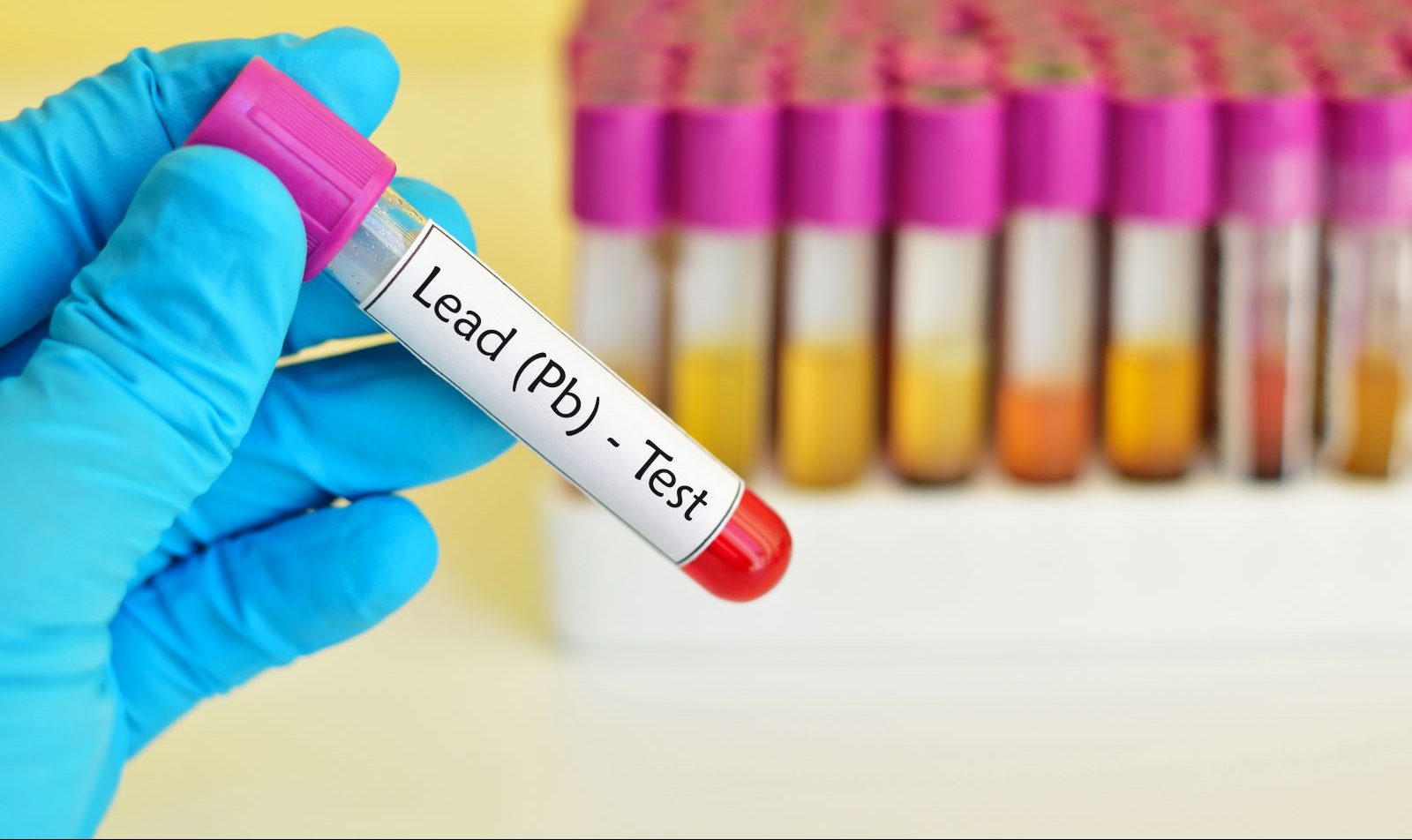<< Back
Is Lead Poisoning a Hidden Epidemic in Connecticut?

June 15, 2022
In 2020, over 1,000 children in Connecticut had toxic levels of lead in their blood, yet only 178 investigations were done. According to one expert, lead poisoning is a “hidden epidemic” in Connecticut – but recent legislation may help to change that.
Last month, Governor Ned Lamont signed House Bill (HB) 5045, An Act Reducing Lead Poisoning, which will strengthen Connecticut’s standards on childhood lead poisoning. The bill will align Connecticut’s standards with federal guidance by “gradually reducing the blood lead level that triggers parental notifications and home inspections to more closely align with recommendations from the Centers for Disease Control and American Academy of Pediatrics.”
“I consider environmental toxins, especially lead, to be a hidden epidemic,” said physician Andrew Wong, MD, with Hartford HealthCare Medical Group in Westport. “Lead poisoning is not like an infection where you see clear and sudden symptoms; it causes more subtle but serious effects such as neurodevelopmental delays, including hearing and speech impediments, growth delay and decreased IQ. Especially in children under 6 years old, undiagnosed lead poisoning can lead to permanent conditions such as ADHD, intellectual disability and autistic traits.”
The main source of lead poisoning in children is from lead paint in older homes. Lead-based paints were banned in 1978, but many homes in Connecticut that were built before then still have traces of lead paint.
“In Connecticut, there are a lot of homes that were built at the turn of the century and there may be paint chipping off from those homes that contains lead,” said Dr. Wong. “These lead flakes and dust, which are undetectable to sight and smell, become mixed in with the surrounding soil, water and even air. Young children, who by nature are continuously putting toys and fingers into their mouths, are the most likely to ingest or breath this environmental toxin.”
HB 5045 lowers the threshold for detecting lead in the blood. Previously if a child was found to have a higher than normal amount of lead in their blood, the responsibility was on the parents to find and remove the source. Now, a level of 5 micrograms of lead in the blood will automatically trigger an inspection from the state to determine the source of the lead exposure.
“When you buy a home you can have it inspected for lead,” said Dr. Wong. “But if you rent, you may not know if there is lead in the home. HB 5045 will help us to be more proactive.”
If caught early, treatment is available to remove the lead from our blood, but once it’s deposited to the brain and nerves it becomes a chronic condition. Dr. Wong also advises adults to have their lead levels and other environmental toxin levels checked.
Symptoms of lead poisoning can include:
- Fatigue.
- Headache.
- Memory loss.
- Irritability.
- Abdominal pain.
- Tingling or numbness in the hands and feet.
Prolonged exposure to lead in adults can lead to high blood pressure, anemia, kidney disease, reduced fertility, depression and dementia.
“All children under three should automatically have yearly blood tests for lead, but for all children and adults, if you have any of the symptoms or conditions listed above, you should speak with your primary care provider about having a blood test for lead and other heavy metals,” Dr. Wong advises.